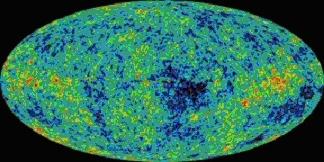Guinea Pigs & Humans - We Have A Lot More In Common Than Evolutionists Would Think
Toxicologists like myself make a living out of evaluating the impact of chemical exposures and other insults on the health of laboratory animals (we can't test humans after all). Rats and mice, members of the evolutionary order Rodentia, make up a large majority of these experimental animals. Ken Boschert, a veterinarian with Washington University's division of comparative medicine and the operator of a Web site called Net Vet (netvet.wustl.edu/) estimates that 99 percent of experimental animals nowadays are rats and mice, which are small, cheap to feed, and reproduce quickly. Rats and mice are also believed to share a closer evolutionary lineage to humans than other non-primate mammals.
